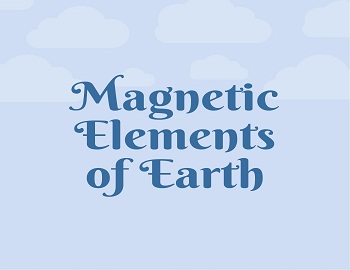Work and Heat:
We know that whenever a cold body is placed in contact with a hot body energy flows from the hot body to the cold body. The cold body thus warms up while the hot body cools down till a state of thermal equilibrium is reached. After attaining the thermal equilibrium no further flow of energy takes place.
The energy that flows from one body to another due to the difference in their temperature is known as heat energy.
It should be noted that in the modern scientific literature, the energy possessed internally by a body is not called heat- it is simply called internal energy. The term heat is reserved for that energy which is underflow from the hot body to the cold body due to the difference in their temperatures. As a consequence of this flow of heat energy, the internal energy of the hot body decreases while that of the cold body increases.
As the exact nature of heat was not known in earlier days, people used to measure heat in terms of an arbitrary unit known as a calorie. A calorie has been defined as the amount of heat needed to raise the temperature of 1g of water from 14.5°C to 15.5°C. However, now we know that heat is a form of energy and when it flows inside a body, the internal energy of the body increases. But the internal energy of a body can be increased by performing work also. Thus there are two ways in which the internal energy of a body can be increased.
(1) By Transferring Heat- When heat is added to a substance then either its temperature rises or its state changes showing that heat added has increased the internal energy of the substance.
(2) By Performing Work- The internal energy of a substance can also be increased by performing work on it. The work is always done by a force undergoing some displacement. For example, when we force the piston to compress a gas confined in a cylinder, the work done by the compressing force converts into internal energy of the gas, resulting in a rise in temperature, as it would be by heat transfer.
It is to be noted that in such situations it is impossible to tell whether the temperature rise is due to work done or heat transfer. Thus the effect of addition to heat and the performance of work are similar. This fact was first pointed out by Count Rumford in 1798. While supervising boring operations in connection with the manufacture of cannons, he observed that apparently an inexhaustible amount of heat could be produced as a consequence of work done. In 1850, the English physicist James Joule carefully conducted a series of experiments and thereby established that both heat and work are forms of energy and they must be related. Since Joule as a unit of work done and calorie as the unit of heat were already defined, a need was felt to fix up an equivalence between calorie and joule. By performing experiments it was found that-
| 1 cal = 4.186 J |
Work done W is always measured in Joules, but the quantity of heat Q is sometimes expressed in calories, though it should also be expressed in Joules. Therefore, it is said that-
| Work W in Joules = J x (Heat Q in cal) Work W in Joules = Heat Q in Joules Where J = 4.186 J/cal is the conversion factor known as the joules constant. |
As we can get any amount of heat from a body by performing work on it, it is not something of which a body contains a definite amount. The expression “heat in a body” is thus misleading. In this respect, heat is again very similar to work. We are aware that the expression “work in a body” has no meaning. With the expenditure of energy, we can perform any amount of work on a body, but the performed work does not remain in the body in the form of work- it may simply increase the energy of the body. Also when we supply heat to a body, the heat supplied does not remain in the body as heat, but it simply increases its internal energy. Thus internal energy of a body can be changed in two ways as pointed out earlier- by performing work or by transferring heat. Both work and heat are concerned with energy transfer, however, as soon as the transfer is over, neither term is relevant.









Comments (No)